by Quhramaana Kakar
In the past few months, the process of peace-building in Afghanistan has taken a number of hits. Recent Taliban military gains and an increased number of attacks, the success of the Islamic State in finding a foothold in the country, declining international aid, decreased military assistance, and the precarious commitment of neighboring countries to a peaceful Afghanistan have all contributed to a deteriorating political, economic and security situation in the country.
Against this backdrop, it has become even more difficult for women to find their way to the negotiating table and participate in the peace process. However, this failure to include women peace-builders ultimately presents one of the biggest obstacles to achieving lasting peace. In fact, the fate of the peace process may very well be tied to the position of women in the peace-building framework.
Seventeen years ago, the United Nations adopted Security Council Resolution (UNSCR) 1325 calling for the full participation of women in peace and security efforts and identifying the unique experiences of women and their influence on national stability. Although Afghanistan has adopted the resolution and even created a National Action Plan to implement it, women still remain outside the formal, high-level spaces of negotiation and peace-building. Furthermore, there has been a failure by both national and international partners to adopt approaches that move beyond the negotiating table and include alternative, grassroots-based efforts towards peace-building.
A key tenet behind the initial US invasion of the country was to liberate and empower Afghan women. By educating them about their individual rights and providing them protection through legal and political reform, avenues to participation opened up to women. The 2004 Afghan Constitution enshrined equal rights while international donors and the Afghan government mainstreamed gender issues. The Afghanistan Peace and Reintegration Program, now called the Afghanistan National Peace and Development Framework (ANPDF), initiated a five-year strategic plan for achieving self-reliance. ‘’The ANPDF aims to bring an end to poverty and ensure security and stability for the country, a feat that will take longer than a single generation to realize.’’
Nevertheless, these frameworks and the government’s overall approach to women’s empowerment fail to take into account the potentially profound impact that women’s engagement in the peace process could have. It is hard to understand the direct and indirect role of women in the peace process without a thorough understanding of women’s role in various spheres of life. In principle, the Afghan government and international community have made commitments towards the protection of women rights. However, concrete action has yet ensured the protection of these rights in practice. Afghan women are absent from major peace talks and from many of the strategic meetings taking place at the regional and international level.
One such example is the Quadrilateral Coordination Group (QCG) meetings that involve Afghanistan, Pakistan, China, and United States, which ignited high hopes among Afghans who understand the strategic importance of regional cooperation for peace-building. After the first four meetings in Kabul and Islamabad, however, the QCG was halted. According to Deputy Minister of Foreign Affairs Hikmat Karzai on a visit in early 2017 to the UK, the talks were temporarily suspended “until the agreed deliverables are achieved.”
The QCG could be an excellent opportunity for Afghan women to get involved in discussions around the peace process in a more formal, visible, and authoritative way. To achieve this, women need to occupy a greater number of formal seats in the High Peace Council as well as the Provincial Peace Councils. The current numbers are merely symbolic with no real impact on goals and outcomes. Without the involvement of women in regional meetings, cooperation in support of the Afghanistan peace process suffers.
Women’s participation in peace-building is meaningless unless women are present at the negotiating table at a high level. The only meeting thus far between Taliban officials and Afghan women occurred in Norway and had no teeth. First, the meeting was informal and therefore one cannot refer to any of the discussions and decisions made at the meeting. Also, the agenda was not based on consultations with wider groups of Afghan women. Finally, neither the agenda nor the outcomes have been shared with the public. A low-level engagement of women in a handful of other meetings has similarly not resulted in any positive outcomes.
Nevertheless, Afghan women are involved in many other initiatives that address the root causes of sustained violence and conflict in society, all of which are happening beyond the formal negotiating table. Experiences from other conflict and post-conflict countries show that negotiations mainly take into account those who cause conflict. As Afghan women have not been a party to the conflict, they are better placed to play a pivotal role in mediation and education. Indeed, many examples of initiatives by Afghan women are well aligned to support a more sustainable peace in the country.
In the High Peace Council, for example, one of the few female members runs a girls’ high school in Helmand, one of the most volatile regions of the country. She encounters a multitude of political and security challenges while performing her duties in running the school. To keep her students and teachers safe, she regularly engages in local-level dialogue and discussions with armed insurgents as well as with key tribal leaders and politicians. She believes that a change in attitude towards women’s rights must first occur at a grassroots levels in Afghan society before formal, high-level negotiations can be successful. Many women participate in Afghan civil society and the delivery of services. Their activities can contribute to achieving lasting peace in the country. Unfortunately, women’s absence from these formal negotiations overshadows such efforts and achievements.
The current challenges to peace, especially the deteriorating security situation, suggest that there needs to be a dramatic shift in thinking on women’s participation in the process. A good strategy moving forward would be to expand women’s roles from one of mere “presence” at negotiations to active engagement, consultation, and inclusion at regional and international levels. This will not only empower women and enhance their role in Afghan society, but it will also result in more creative and sustainable approaches to achieving peace that are inclusive and representative of Afghan society. This shift in focus necessitates the full contextualization of UNSCR 1325 and related efforts so as to recognize women’s participation from a cultural and structural perspective.
Afghan women are changing patriarchal attitudes in unique ways, and at a grassroots level. Resolution 1325 and other relevant frameworks must provide space for such efforts.
Quhramaana Kakar is the founder and director of Women for Peace and Participation. She was the gender adviser to the Afghanistan Peace and Reintegration Program and Joint Secretariat of the High Peace Council. She won the N-Peace Role Model for Peace Award in 2012. Photo: Women attend a photojournalism course in Farah City, Afghanistan (ResoluteSupportMedia via Flickr).

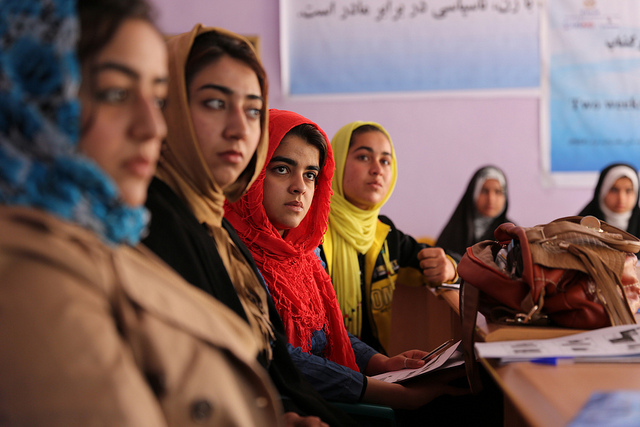
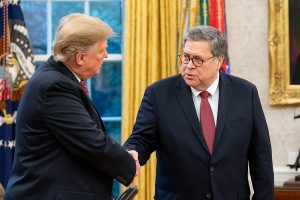
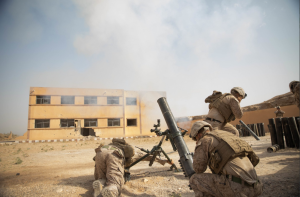
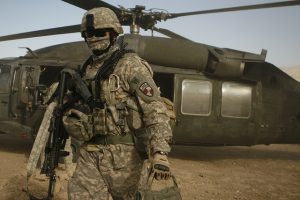
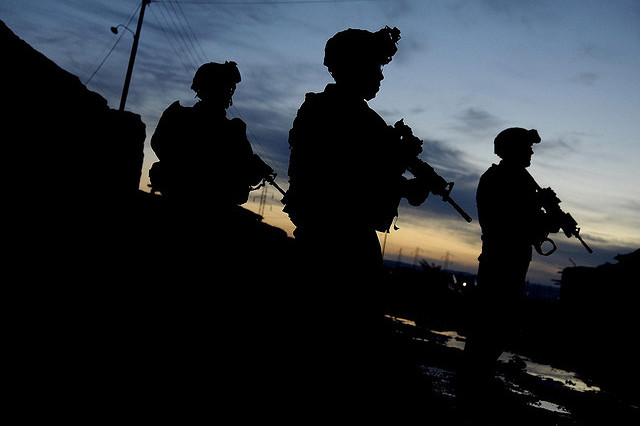
Sad, sad when we remember that women had a much more secure and important place in Afghanistan decades ago.